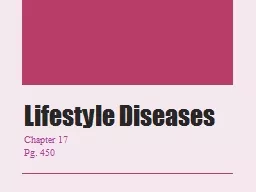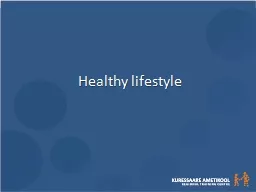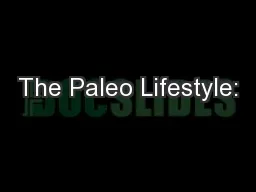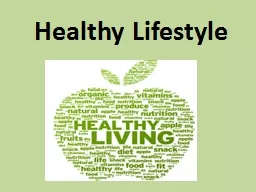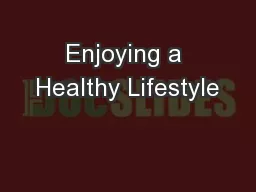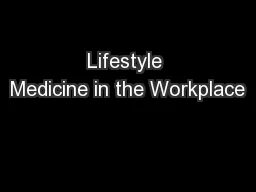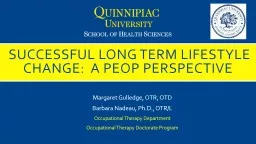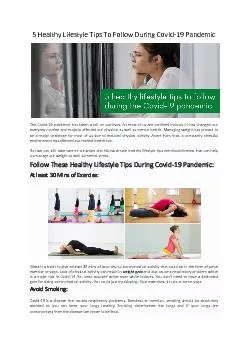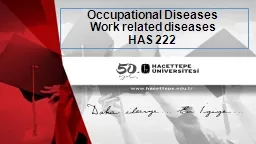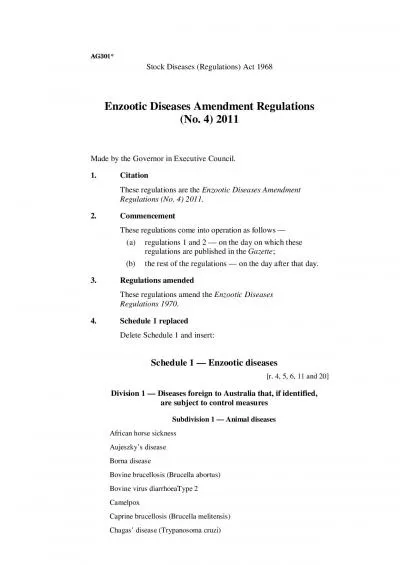PPT-Lifestyle Diseases
Author : natalia-silvester | Published Date : 2017-12-20
Chapter 17 Pg 450 Lifestyle disease Or noncommunicable diseases cannot spread from person to person Brought on partly by the choices we make each day Types of Lifestyle
Presentation Embed Code
Download Presentation
Download Presentation The PPT/PDF document "Lifestyle Diseases" is the property of its rightful owner. Permission is granted to download and print the materials on this website for personal, non-commercial use only, and to display it on your personal computer provided you do not modify the materials and that you retain all copyright notices contained in the materials. By downloading content from our website, you accept the terms of this agreement.
Lifestyle Diseases: Transcript
Download Rules Of Document
"Lifestyle Diseases"The content belongs to its owner. You may download and print it for personal use, without modification, and keep all copyright notices. By downloading, you agree to these terms.
Related Documents

